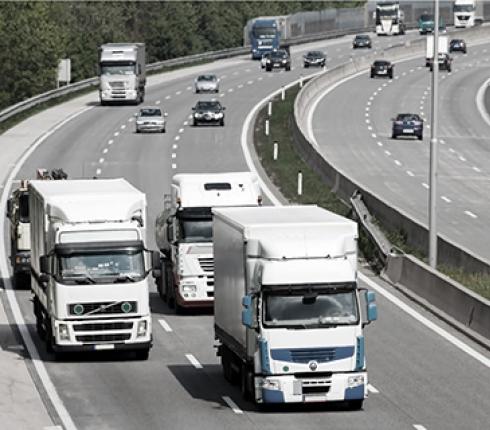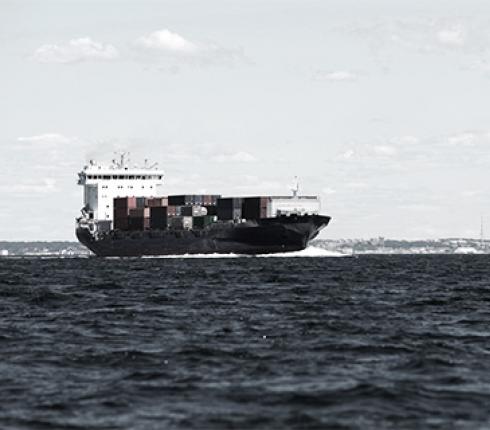Deregulation and introduction of a competitive market – a huge change to the Finnish Taxi Industry
The Finnish taxi industry has undergone sweeping changes. Deregulation and the introduction of a competitive market – probably mark the biggest changes the Finnish taxi industry has ever experienced as the new Finnish Transport Services Act came into force on 1 July 2018.
The new Act prepared by the Ministry of Transport and Communications states that the new Act would directly benefit taxi users in the age of rapid digitalization. The Act aims to offer better transport services to customers and provide more freedom of choice to the market.
Varying fares
Pricing has become more flexible as the Act opens the competition on pricing. The cost of a cab ride now depends on the company or provider in question. The Act obligates the companies or providers to in advance inform the passenger in a clear and unambiguous manner of the total price of the journey (incl. tax). If this is not possible, information on the basis for calculating the price (incl. tax) must be provided.
Comparing prices between different taxi services is up to the customer. It is expected that fares will increase during busy hours, but on the other hand companies will most likely price their fares in a way so they attract customers on a steady basis throughout the day.
The Finnish Transport Safety Agency monitors the pricing of taxi services offered to passengers. The Agency may set a maximum price for the most commonly used taxi services if the increase in the total prices is significantly greater than the development of the general consumer price index and taxi transport cost index. The maximum price will be based on costs, including a reasonable profit margin. The maximum price will be reviewed annually.
Qualifications of drivers
The new Act shifts from training requirements to knowledge requirements for drivers. This means that anyone who has a driving licence, without a severe criminal record and who passes the taxi driver’s examination can become a driver for a taxi company.
A person who wishes to work as e.g. an Uber driver or to operate a service using his or her own car will need to obtain a taxi-operating license. This license will be much easier to get now because the number of taxi permits issued is no longer restricted.
The deregulation of the qualification requirements also means that any roadworthy vehicle (with at least three wheels) may be used as a taxi. Furthermore, the recognizable yellow light on top of the taxis is no longer required. However, having the light on top of the taxis grants the right to utilize taxi stations and lanes.
Digitalization and geographical freedom
Most companies will be moving towards and developing digital software as their main platform. Customers will still be able to call a cab, but there is a clear shift towards digitalization as dozens of different taxi applications already exist on the market offering different services and fares.
Taxi drivers used to be restricted geographically to the so-called patrol areas defined by the location of the taxi station. The new Act has removed this restriction, and taxi drivers are free to operate wherever they wish as long as their licenses are up to date.
Due to the deregulation, the popular ridesharing company Uber has returned to Finland one year after withdrawing from the Finnish taxi market.
What remains to be seen is whether other ridesharing companies, such as the Estonian Taxify will enter the Finnish taxi market.































